The Missouri River from Holter Dam to the town of Cascade is a dry fly fishing paradise. And we believe it offers some of the best dry fly fishing east of the continental divide. This world class stretch of river offers prolific insect hatches, crystal clear water and some impressive trout numbers. Let’s take a closer look at dry fly fishing the Missouri River and provide some tips and information about this world- class fishery.
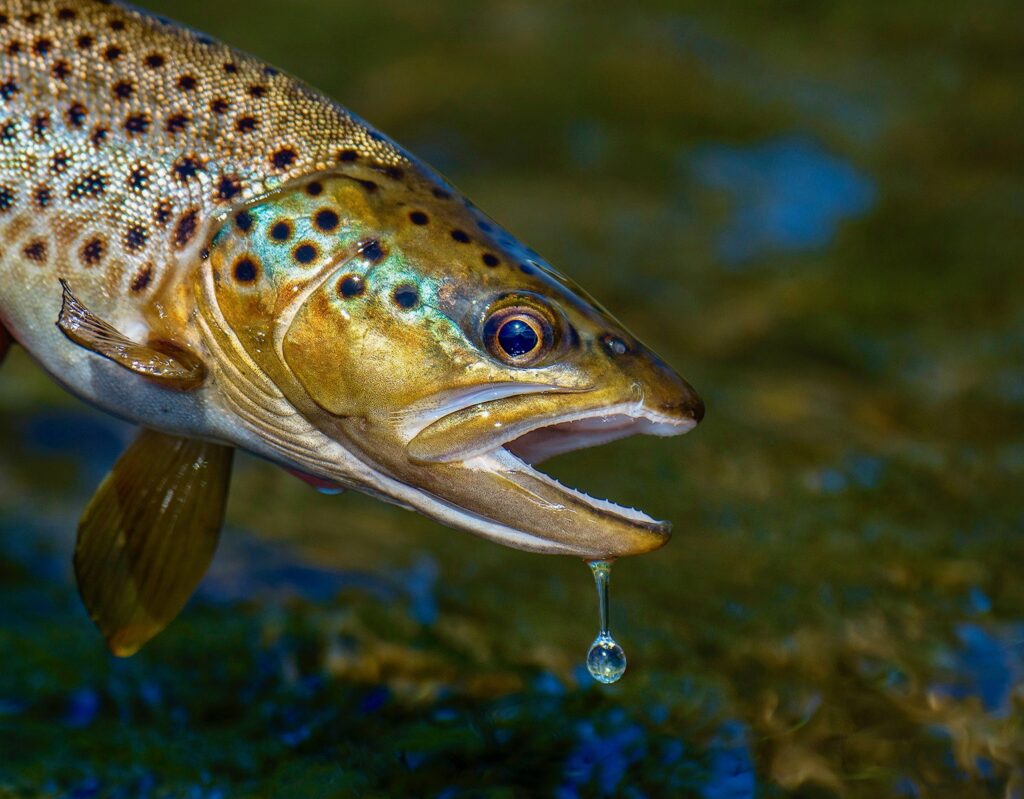
Fly Hatches on the Missouri River
The Missouri River near Craig Montana is best known for its incredible insect hatches and pods of rising brown and rainbow trout. Some of the most notable dry fly fishing hatches include:
- Caddisflies: Caddisflies are prevalent on the Missouri River and can provide exciting dry fly action. Known for their distinctive tent-shaped wings and are found in various sizes, colors, and species. They typically hatch throughout the summer season, with peak activity occurring in the evenings.
- Blue-winged Olives: The Blue Winged Olive, or BWO, is another staple in the Missouri river. These small olive-colored mayflies hatch throughout the year, particularly during the spring and fall months.
- Grasshoppers / Terrestrials: During the summer months, grasshoppers become a significant food source for rainbow and brown trout in the Missouri River. Carrying a range of realistic hopper patterns can help entice large browns and rainbows. It can be thrilling watching a big trout break the surface and crush a hopper! Focus on fishing these flies near grassy banks, broken riffles and center river flats.
- Pale Morning Duns: PMD hatches can be abundant in the Missouri River and is one of my personal favorites. We start to see these bugs moving around in early July Be sure to have several different stages of the insect in your fly box, such as emergers, cripples and spinners.
- Midges: Midges are small flies. They are a vital food source for trout all year long. However, they are even more essential during winter and early spring. On the best days anglers can see blankets of these small insects on the waters surface.
- Tricos: Known for their massive swarms and big spinner falls can create a feeding frenzy among trout on the Missouri. Trico flies used for trout fishing are often small (20 to 22). They usually have a black or gray body and clear wings. This imitates the spent spinners that trout like to feed on. These small mayflies can provide some of the best and most frustrating dry fly fishing of the year. Once the spinner fall happens, pods of rising trout can be found scumming and gulping in the slicks. When a trico hatch goes off it can often look like the river banks are smoking with clouds of these small flies buzzing around.
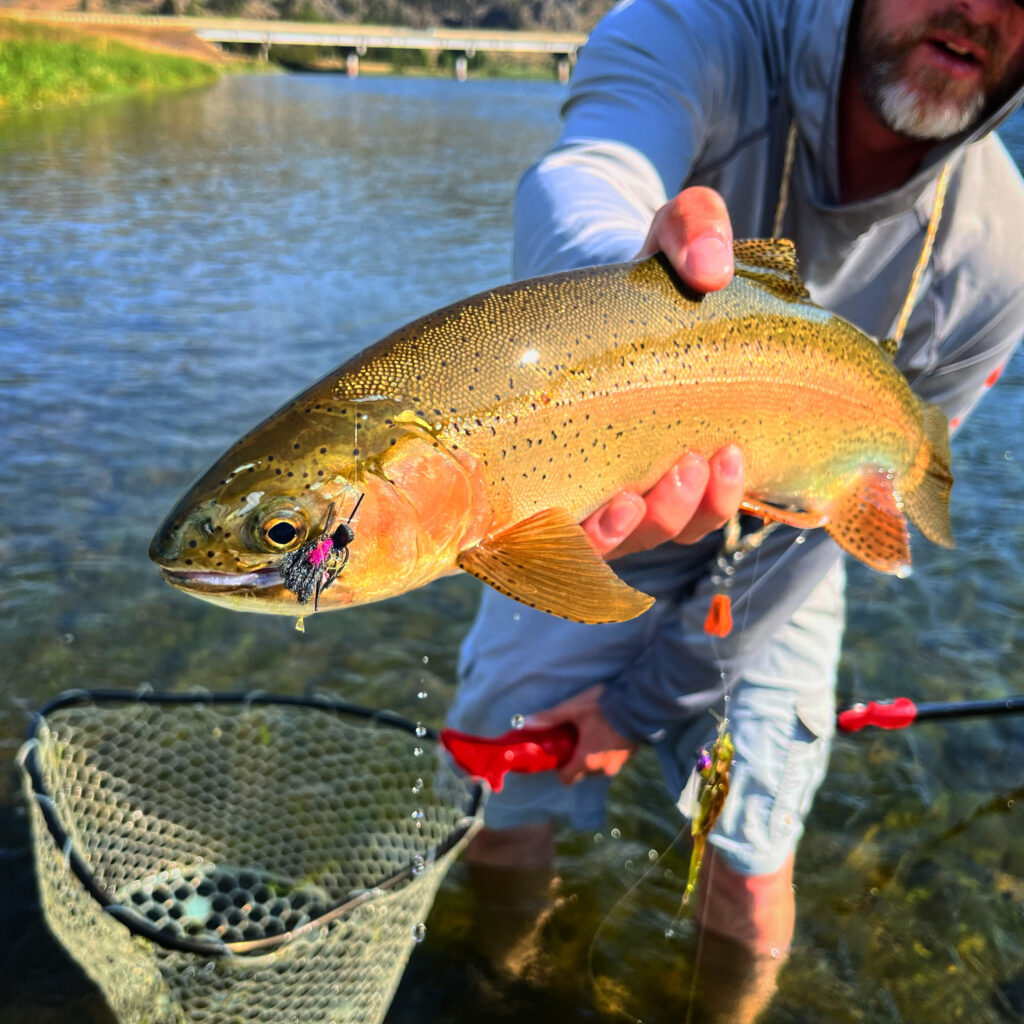
Most effective Dry Fly Patterns for the Missouri River
Matching the hatch is not essential when dry fly fishing on the Missouri River but some cases require it. Make sure to have few of these Missouri river staples in your fly box.
- Parachute Adams: Parachute Adams is a variation of the Adams fly. It features a parachute hackle, making it more visible and buoyant in the water. The Adams fly is especially successful during mayfly hatches. Its profile makes it a great choice for catching those picky Missouri river trout. I use a black sharpie on a few of the parachute posts. The black post really can help seeing the fly on those high glare days. Proven sizes #12-18
- Pale Morning Dun Imitations: Fly patterns that ride low in the surface film are important when fishing with Pale Morning Dun hatch. These patterns include spinners, cripples, and emergers. The Missouri can be a techy tailwater to fish dry flies on and the fish really seem to key in on the cripple or spinner stage. The High Vis spinner, Trusty Rusty Spinner, Film critic, and Sparkle Dun are solid choices. Sizes #16-18
- Caddis Patterns: Low riding caddis like Blooms caddis, Corn Fed Caddis, Elk hair caddis, and the X caddis are fantastic. These patterns are proven for dry fly fishing the Missouri river. Sizes #14-18
- Gary Lafontaine’s Buzzball: This small fly imitates midge clusters and can be deadly all season long. #16-22
- Hoppers and Ants: Low riding hoppers and ants are not only fun to fish with but very effective. Morrish Hopper, Parachute ant and small Chubbies in sizes #8-12 can be deadly durning the summer months.
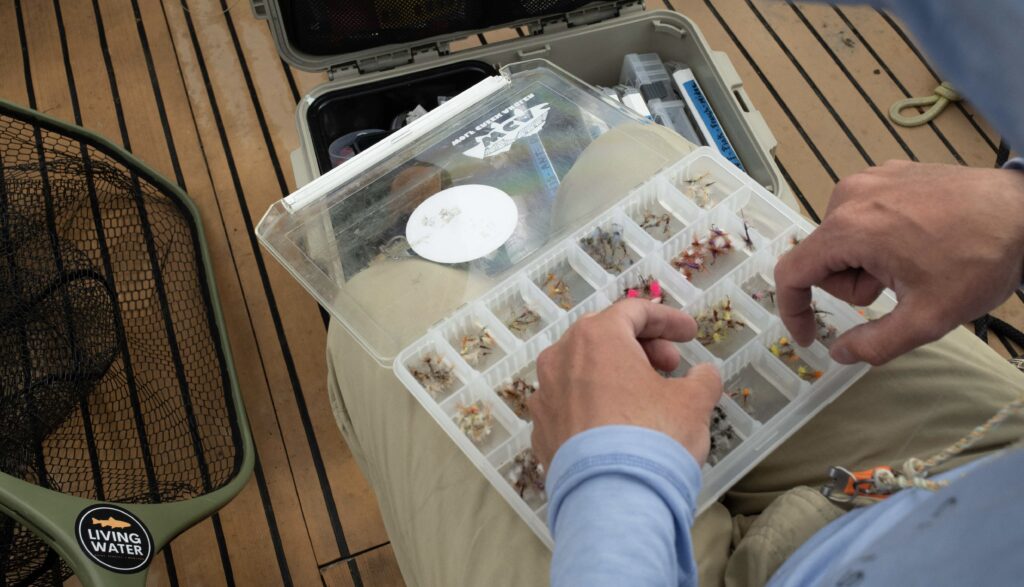
Fly Rods For Dry Fly Fishing the Missouri
Dry fly fishing the Missouri River requires precise and delicate presentations. A crisp 9-foot fly rod in a 5 weight is ideal for this application. I really like the Sage LL or the Orvis H4F. Reels should have smooth drag systems with no startup inertia. This is important when using fine tippets with small flies. Missouri river trout are strong and will test your gear. A 12 foot tapered leader to 4X or 5X tippet is a good start for most situations. When fishing from a drift boat we’re fishing fly first so no reason to go any longer than 12 feet on most days. ( Tips for Dry Fly Fishing Tips For the Missouri River)
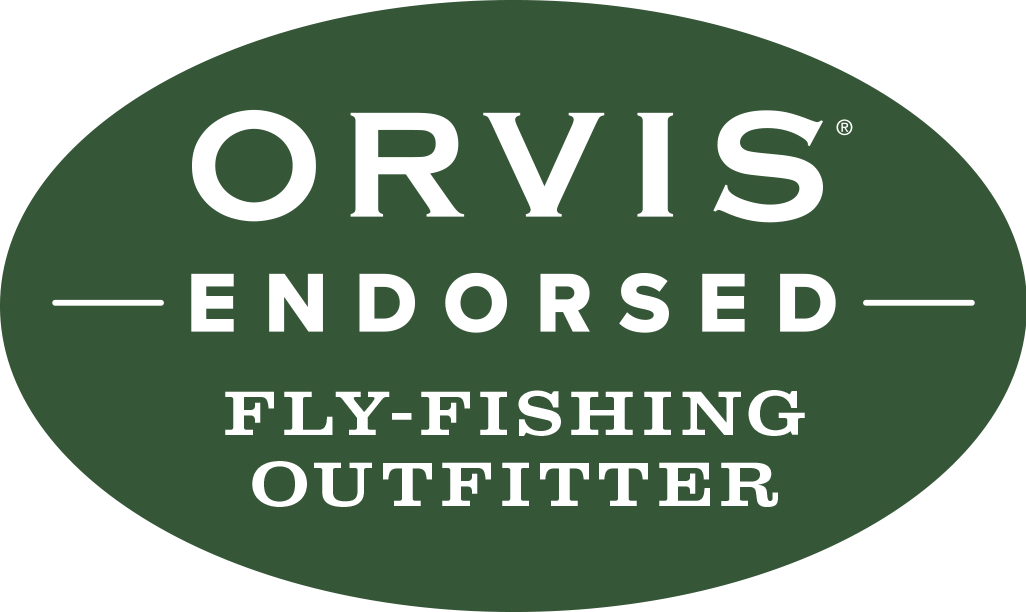
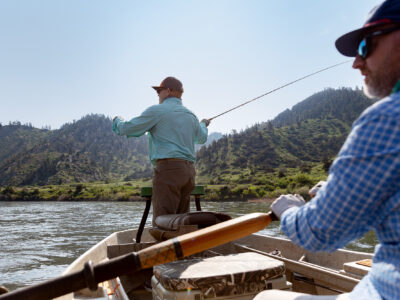
 Fishing Access on the Missouri River
Fishing Access on the Missouri River
Leave a Reply